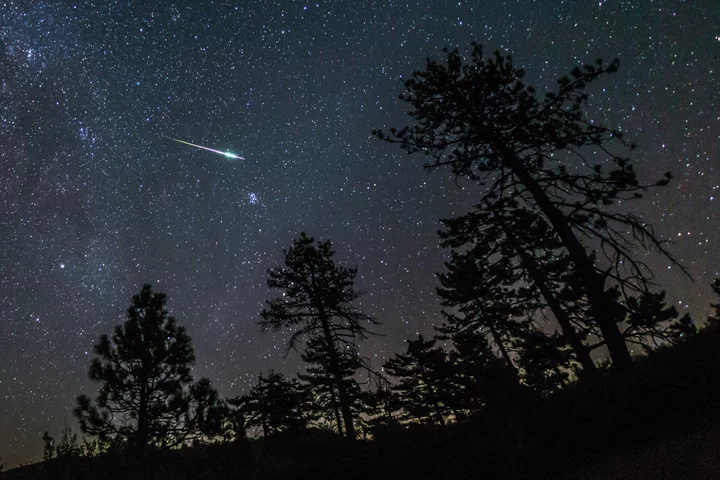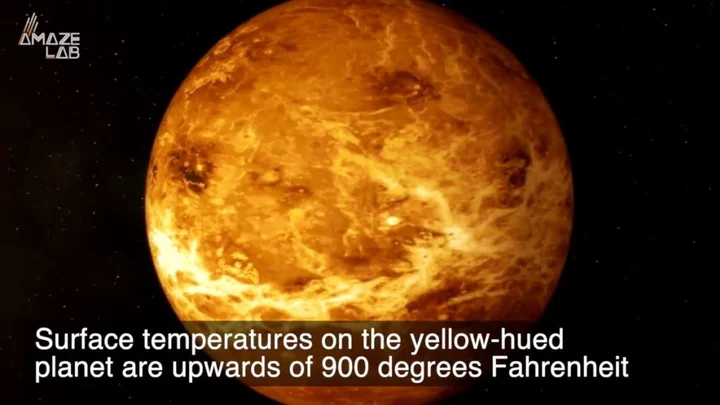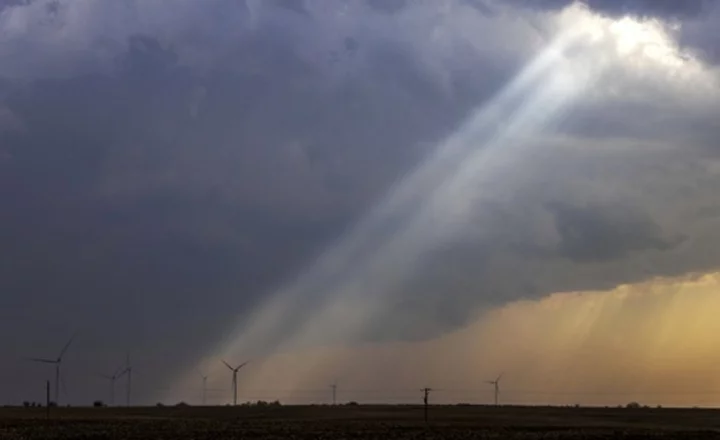Wanna see some meteors? The peak of summer (in the northern hemisphere) is a good time to try. It's warm at night, and the peak of summer coincides with the return of the Perseids, a cloud of space dust in Earth's orbit that produces a meteor display every year for over a month.
Last year's show was a disappointment. This year, by contrast, could be amazing.
SEE ALSO: NASA's Webb telescope video is a mind-blowing tripWhen to look up and see the Perseids.
The peak will be Sunday, August 13, meaning the ideal outing should begin the night of Saturday, August 12.
Practically speaking, the best time to look up at the sky is whenever you can. Life doesn't always make room for stargazing, and even when there's no shower, you can expect two to seven meteors per hour under favorable conditions on any given night. But as Bill Cooke at NASA told Space.com last month the Perseids (and the Geminids, which occur this coming winter) will be "relatively unaffected by moonlight in 2023." That lack of glaring moonlight means this year's Perseids may just be spectacular at their peak.
The whole show lasts from July 14 to August 24, meaning for approximately the three weeks before and after the peak there will be Perseid meteors in the night sky, but fewer, and with more moonlight for most of that time.
How to see the Perseids in 2023
The constellation Perseus is what's known as the "radiant point" of the Perseids — thus the name. This may leave you with the false impression that the meteors somehow emanate from the stars in that constellation (more on which in a moment). They don't, but all you really need to keep in mind is that if you can see Perseus, you should be able to see the meteors.
"Peak activity" for the Perseids, when you may be able to see over 100 meteors per hour, will occur at around 4:00 a.m. ET on August 13. But that doesn't mean you necessarily need to pull an all-nighter. The night of the peak, you can just find a source of geotargeted information that can tell you what time Perseus will be above the horizon in your region.
The Perseids entry at in-the-sky.org will tell you what time to look up, as will an augmented reality stargazing app like SkySafari. You will also, of course, need to ensure that there are no clouds obscuring the stars, and for that we recommend Googling something like "wishing well near me."
What are the Perseids anyway?
The Perseids are mostly grain-of-rice sized remnants from the comet 109P/Swift-Tuttle, which disperses a trail of dust that Earth harmlessly collides with every year. They're called "meteoroids" when they're just floating remnants, and "meteors" when you see them burning up in the atmosphere.
So if you think of Earth as a car, and our atmosphere as the car's windshield, the constellation Perseus is some guy in a helmet that you can see way off in the distance through the windshield. In this analogy, the meteoroids are a swarm of bugs, and the meteor shower is what happens when the bugs splatter against the windshield, slightly obscuring the guy in the helmet. The connection between the "bugs," the Perseids, and the guy in the helmet, the constellation Perseus, is actually just a coincidence. The stars in the constellation are many lightyears away, and the meteors hit the atmosphere about 60 miles above our heads.
Swift-Tuttle last visited in 1992, leaving a fresh stream of meteoroids in our vicinity for our nighttime viewing pleasure. But this dust cloud fades over time, and the meteor shower has been less remarkable each year since, and will keep getting less remarkable for quite a long time. The comet won't swing by again until the year 2125, so plan to live another 102 years if you have your heart set on another truly great display from the Perseids.









